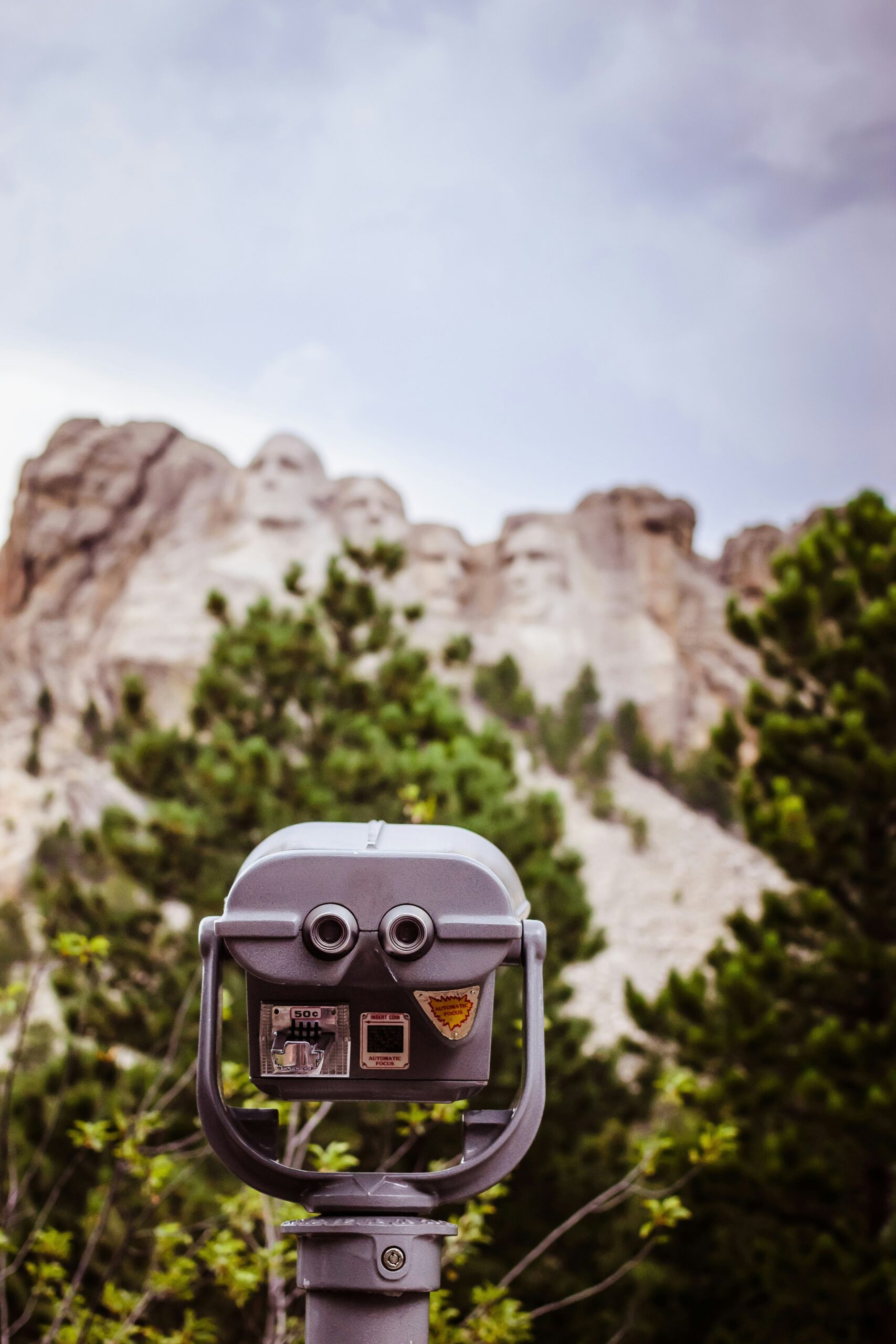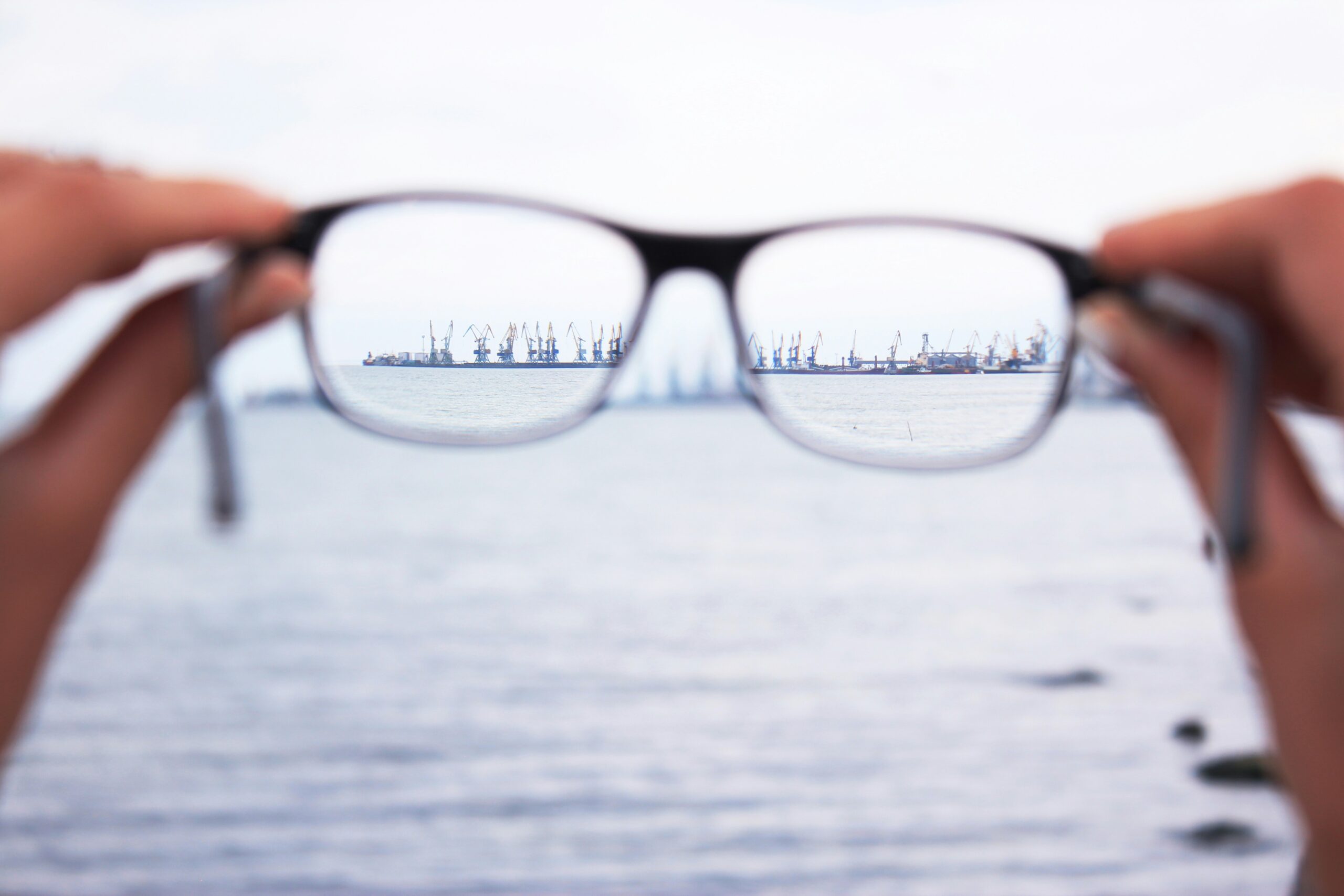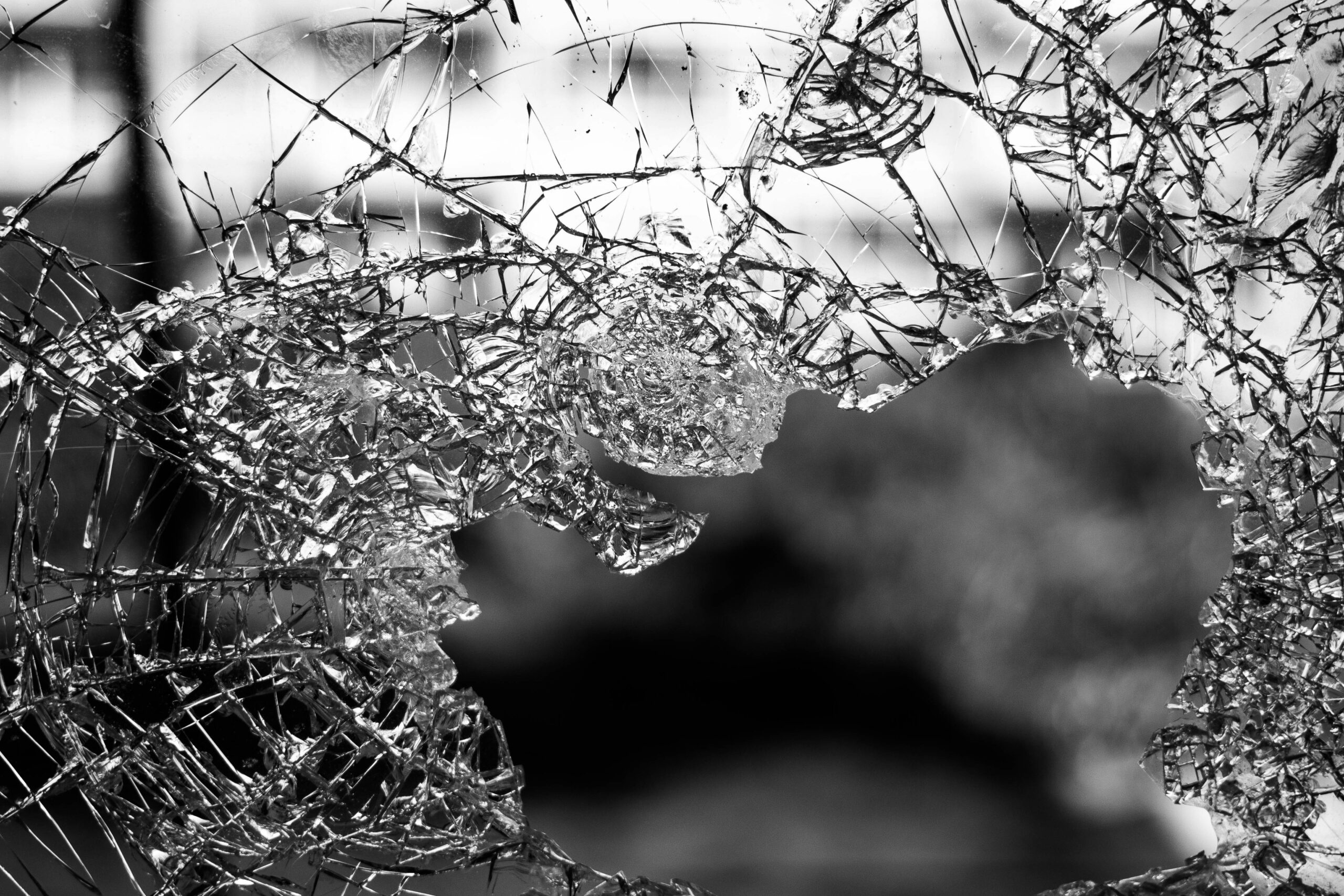What Is The Best Method For Adjusting The Focus On A Binocular?
Have you ever found yourself struggling to get a clear view through your binoculars, no matter how hard you try to focus? This might be a more common experience than you think. Properly adjusting the focus on a binocular is crucial for clear and sharp viewing, whether you’re birdwatching, attending a sports event, or enjoying a scenic hike. So, what truly is the best method for adjusting the focus on a binocular? Let’s journey through understanding this with a friendly guide.

Understanding the Components of Binoculars
Before we dive into focusing techniques, it’s important to familiarize yourself with the different parts of binoculars. Knowing these will aid you in understanding how to adjust and use them effectively.
The Eyepieces
Eyepieces are what you look through in the binoculars. They consist of dioptres that help correct any differences in visual strength between your two eyes. These play a crucial role in achieving a single focused image.
The Diopter Adjustment Ring
Usually located on the right eyepiece, the diopter adjustment ring compensates for the difference in vision between your two eyes. This adjustment ensures both eyes work together, providing a clearer image.
The Focus Wheel
The central focus wheel adjusts the focus for both eyepieces simultaneously. It is the most commonly used focusing tool, allowing for quick adjustments to focus on objects at different distances.
The Objective Lenses
Located at the end opposite the eyepieces, these larger lenses collect light and contribute to magnification. The clarity and brightness of the image depend greatly on the quality of the objective lenses.
Having a clear understanding of these components will make it easier to follow through the focusing procedure and ensure your binoculars are giving you the best view possible.
Why Proper Focusing is Essential
The act of focusing binoculars might seem trivial, but the technique you use can greatly affect your experience. Proper focusing ensures the sharpness of the image you see, enhancing your ability to observe details at a distance. This is especially critical when you’re trying to identify distant objects, such as wildlife or intricate architectural features. Moreover, inadequate focusing can lead to eye strain and fatigue, diminishing the pleasure of using your binoculars.
The Best Method for Adjusting the Focus
Now that you’re familiar with the components, let’s walk through the best step-by-step method to adjust the focus on your binoculars. This process will help you achieve a crystal-clear image, tailored to your unique vision.
Step 1: Initial Setup
Start by finding a comfortable position to stabilize your view. Hold the binoculars up to your eyes and ensure that the eyecups are extended or retracted according to whether you wear glasses. Adjust the barrels of the binoculars until you see a single circular field of view.
Step 2: Adjust the Central Focus
Choose a stationary object about 30 feet away. Close your right eye and use the central focus wheel to focus your left eye on the object. Turn the focus wheel slowly until the image seen by your left eye is as sharp as possible.
Step 3: Adjust the Diopter
After achieving clarity with your left eye, switch the attention to your right eye. Close your left eye and look through your right eyepiece. Adjust the diopter adjustment ring (found on or near the right eyepiece) until the object appears sharp.
Step 4: Binocular Test
Now that both eyes have been individually focused, open both eyes and look through the binoculars. Utilize the central focus wheel again to make any minor adjustments if necessary. This ensures both eyes view a single, sharp image.
Step 5: Field Testing
Take note of various distances to ensure that focusing is easy and results are consistent. Practice adjusting the focus wheel when observing objects at different ranges, as real-life scenarios require continuous focusing when shifting your gaze from one object to another.
Common Mistakes and How to Avoid Them
Misfocusing can be a common issue. However, understanding what to avoid can significantly enhance your experience while using binoculars.
Overlooking Diopter Adjustment
It is not solely enough to adjust the central focus. Neglecting to perform the diopter adjustment means one of your eyes might not be perfectly focused, leading to a sub-optimal experience.
Ignoring Stabilization
Holding binoculars steadily is crucial. Minor shakes can significantly affect your ability to focus, especially at higher magnifications. Practice stabilizing by using support whenever possible, such as a tripod, or stabilize against a solid surface.
Forgetting to Re-Focus
Distance changes necessitate readjustment. A common mistake is to assume a single focus setting is universal for all distances. Always be ready to tweak your focus as you swap from near to far views.
Troubleshooting Common Focusing Issues
Even with the best practices, you might encounter focusing issues. Here’s how you can handle some common problems:
Blurry Images
If your image remains blurry, first check if the lenses are clean. Next, ensure that the diopter is correctly calibrated for your eyes. Sometimes, changing lighting conditions or dirty lenses might be to blame.
Double Vision
Seeing double through binoculars usually results from incorrect alignment of the barrels (collimation). Confirm that the hinge between the barrels is correctly adjusted for your eye distance.
Eyestrain
Should you experience eyestrain, it might indicate improper focus settings or head position. Regularly rest your eyes and ensure that the eyecups are adjusted to an optimal setting, especially if you wear glasses.

Binocular Maintenance for Optimal Performance
Proper maintenance of your binoculars is necessary to ensure that focusing adjustments remain effective and straightforward.
Routine Cleaning and Care
Dirt and debris can accumulate on lenses, distorting your view. Clean your lenses regularly using a soft, lint-free cloth. Avoid cleaning fluids unless they are specifically designed for optical lenses.
Storage Practices
Store your binoculars in a dry, dust-free environment. Using a carrying case will protect them from accidental knocks and environmental factors such as dust and moisture.
Regular Physical Checks
Inspect the binoculars for any physical damage including cracked lenses or loose components. Resolve any issues immediately to prevent them from affecting focus.
Choosing the Right Binoculars
Selecting the right binoculars tailored to your needs can significantly simplify focusing. Here are some factors to consider:
Magnification and Objective Lens Diameter
Higher magnification isn’t always better because it can lead to shaky images and more difficult focusing. Opt for a balance that suits your intended use – often, 8×42 or 10×42 are suitable choices for general purposes.
Field of View
A wider field of view allows for easier spotting of objects without excessive focusing adjustments. This feature is particularly handy for activities like birdwatching or sports spectating.
Lens Quality and Coatings
Quality lenses with anti-reflective coatings increase light transmission, reducing glare and improving image clarity. This makes focusing easier and more precise as you capture more detail.
Waterproof and Fog-proof Features
In unsure weather conditions, waterproof and fog-proof binoculars can be invaluable. They help in maintaining clarity and accurate focus in moist or rapidly changing conditions.

Conclusion
Mastering the focus on your binoculars can transform your viewing experience, allowing you to appreciate the finer details of the world around you. By understanding their components, carefully following the focusing method, avoiding common mistakes, and maintaining your binoculars, you can ensure you get the best possible performance from them every time. Whether you’re marveling at a rare bird or catching a glimpse of a distant mountain, having well-focused binoculars opens a gateway to clear vision and unforgettable experiences.
